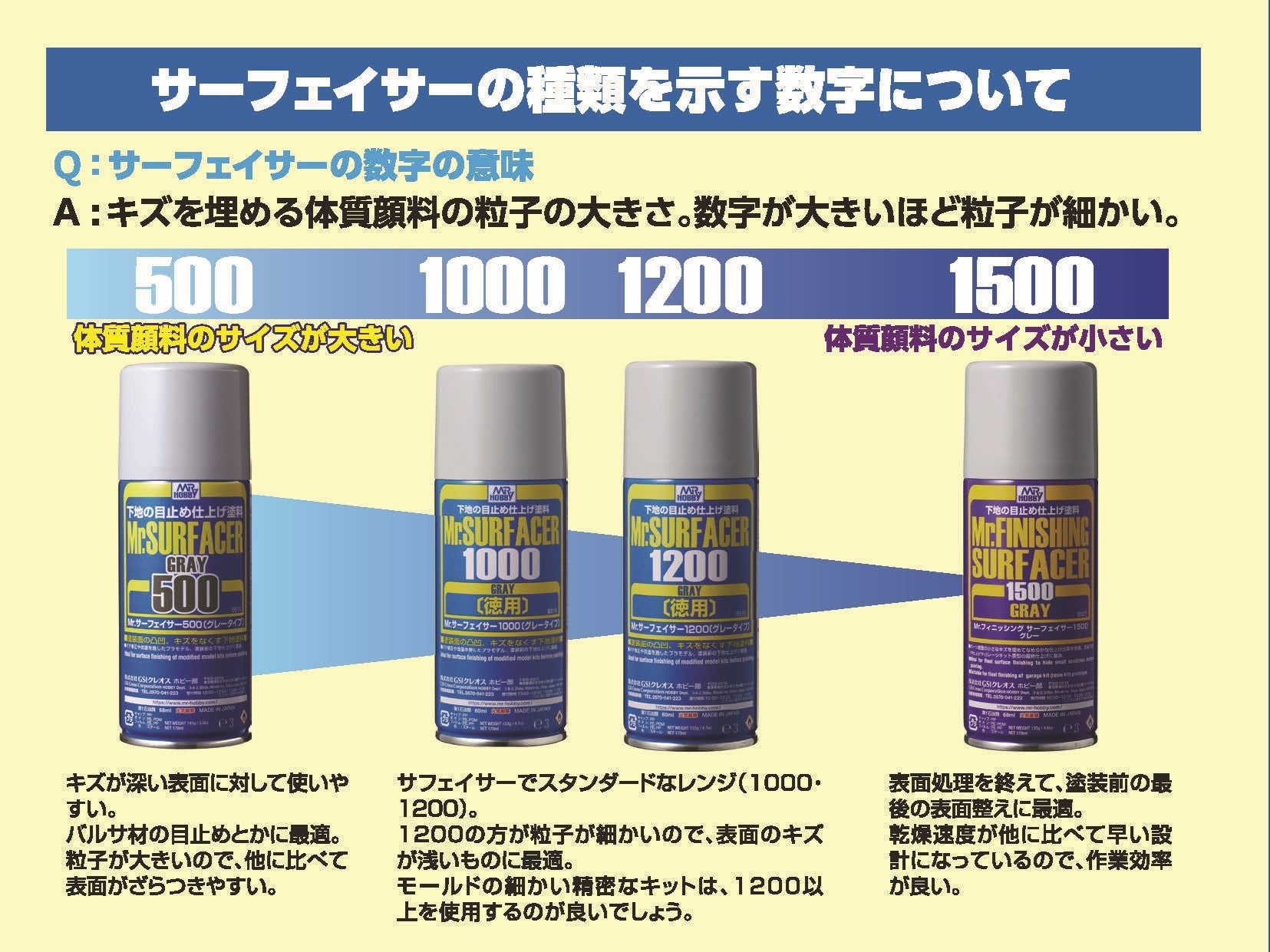Description
This kit precisely recreates the form of the Shoki Type II Hei.
The parts are designed for ease of assembly.
Large spars are used to secure the fuselage and main wings, enabling precise positioning.
The aircraft's distinctive butterfly-shaped air combat flaps can be displayed in a downed position.
Includes a drop tank, small pylon, and a seated pilot figure.
~ Key to the Air Defense of the Imperial Capital ~
The Shoki was developed as a heavy fighter emphasizing hit-and-run tactics, and its short range made it a local fighter.
Deployed in the air defense of the Japanese mainland, it became a key component of the air defense of the Imperial Capital.
The Shoki-equipped units, including the 70th, 23rd, and 47th Air Squadrons, were responsible for the Tokyo area, while the 246th Air Squadron was responsible for the Keihanshin area.
They demonstrated their true potential as air defense fighters against the invading B-29s.
The Army achieved success with the Type 97 Fighter, considered the ultimate light fighter, and fighter aviation tactics had become centered on light fighters.
However, in 1938, the Army Air Headquarters' Weapons Research Policy called for the development of the next generation of fighter aircraft, and began research on light fighters (later known as the Type 1 Hayabusa Fighter) as well as heavy fighters, which were becoming the norm around the world.
The Army's requirements included a maximum speed of 600 km/h or more, a flight time of 5,000 meters within five minutes, a range of 600 km or more, and armament of two 7.7 mm machine guns and two 12.7 mm cannons.
While these were quite demanding by the standards of the time, they were necessary given that the level of completion was comparable to that of other countries' heavy fighters during their first flights, and that Japan's future developments would not be meaningful unless they surpassed those.
Nakajima Aircraft was responsible for the development of both the light and heavy fighters. As the heavy fighter (later known as the Shoki) was Japan's first model, it was developed with great enthusiasm, primarily by young engineers, and incorporated many of Nakajima's unique design concepts, resulting in a unique aircraft.
The most difficult part was selecting the engine. Since no high-power, compact engine was available, the bomber Ha-41 engine was used.
This ultimately led to the aircraft's distinctive, oversized design.
The semi-monocoque fuselage was sharply tapered from the rear of the cowl flaps to the cockpit area, creating a design that contrasted favorably with the Navy's Raiden, which followed a similar development process in terms of aircraft development concept and engine selection.
The wingspan was shortened to allow for increased speed, and the main structure was designed to withstand a dive of up to 12.6 G at 850 km/h.
To maintain turning performance, Nakajima adopted its unique butterfly-type flaps, which also functioned as air combat flaps.
The vertical stabilizer, positioned aft of the horizontal stabilizer, was designed to separate lateral and longitudinal stability and proved quite effective.
Testing of additional prototypes recorded a maximum speed of 626 km/h (subject to certain conditions, such as no armaments).
It was determined that the aircraft could be used as an anti-bomber interceptor with minor modifications, and after minor modifications, it was officially adopted as the Type 2 single-seat fighter.
The Ha-109 engine, which had been undergoing testing for some time, was finally put into practical use, and after modifications were made to the propeller, oil cooler structure and placement, and bulletproof equipment, it was adopted as the Type 2 Model 2 single-seat fighter.
It achieved an outstanding top speed of 600 km/h and a time of 4 minutes and 15 seconds to reach an altitude of 5,000 meters. The Type 2 was available in three models: Type A, Type B, and Type C, depending on its armament.
The Type A was equipped with two 7.7 mm machine guns in the nose and two 12.7 mm cannons in the wing, the Type B was equipped with two 12.7 mm cannons in the nose and two 40 mm automatic ejection cannons in the wing, and the Type C was equipped with two 12.7 mm cannons in both the nose and the wing.
A further improved Type 3 was produced, but production was switched to the Type 4 Fighter Hayate, and only a small number were produced.
Pilots of the Army Air Corps, accustomed to flying light fighters, apparently disliked the plane's maneuverability, but as they grew more accustomed to its speed, straightforward handling, and stability during firing, they were captivated, and it appears that the plane was not as difficult to fly as some have suggested.
The main production model was the II Type C, which saw active use in key air defense missions in Thailand, Burma, mainland China, and the Philippines, but was primarily used in the defense of the Japanese mainland, where it fought bravely against B-29s.
The most famous combat unit of the Shoki was the 47th Independent Flying Squadron, which deployed to Burma and Malaya shortly after the start of the war as an experimental Shoki unit, but did not have many opportunities to use it as an air defense fighter.
However, following the shock of the first air raid on Tokyo, it was transferred inland (to Matsudo, Chofu, and Narimasu) to defend the Imperial capital, where it became a key player.
Furthermore, the 70th, 23rd, and 47th Air Squadrons, equipped with Shokis, were responsible for the Tokyo area, while the 246th Air Squadron was responsible for the Keihanshin area.
They subsequently demonstrated their capabilities as air defense fighters against the B-29s that attacked in Shokis.
[Model Specifications]
Decals (Markings)
70th Air Squadron, 3rd Squadron, Warrant Officer (小川 誠 准尉) Ogawa Makoto's aircraft "2" (Kashiwa Airfield, 1945)
70th Air Squadron, 3rd Squadron, Captain (吉田 好雄 大尉) Yoshida Yoshio's aircraft (Kashiwa Airfield, 1945)
47th Air Squadron, 3rd Squadron, Captain (波多野 貞一 大尉) Hatano Teiichi's aircraft (Narimasu Airfield, 1944)

![1/32 Scale Japanese Army Fighter Nakajima Ki44-II Hei Shoki (Tojo) [中島 キ44 二式単座戦闘機 鍾馗 II型 丙 - 大日本帝󠄁󠄁國陸軍 戦闘機 ] ST30](http://hobbycrafthk.com/cdn/shop/files/ST30a.jpg?v=1761389702&width=4032)
![1/32 Scale Japanese Army Fighter Nakajima Ki44-II Hei Shoki (Tojo) [中島 キ44 二式単座戦闘機 鍾馗 II型 丙 - 大日本帝󠄁󠄁國陸軍 戦闘機 ] ST30](http://hobbycrafthk.com/cdn/shop/files/ST30b.jpg?v=1761389702&width=4032)
![1/32 Scale Japanese Army Fighter Nakajima Ki44-II Hei Shoki (Tojo) [中島 キ44 二式単座戦闘機 鍾馗 II型 丙 - 大日本帝󠄁󠄁國陸軍 戦闘機 ] ST30](http://hobbycrafthk.com/cdn/shop/files/ST30c.jpg?v=1761389702&width=4032)
![1/32 Scale Japanese Army Fighter Nakajima Ki44-II Hei Shoki (Tojo) [中島 キ44 二式単座戦闘機 鍾馗 II型 丙 - 大日本帝󠄁󠄁國陸軍 戦闘機 ] ST30](http://hobbycrafthk.com/cdn/shop/files/ST30d.jpg?v=1761389702&width=4032)


